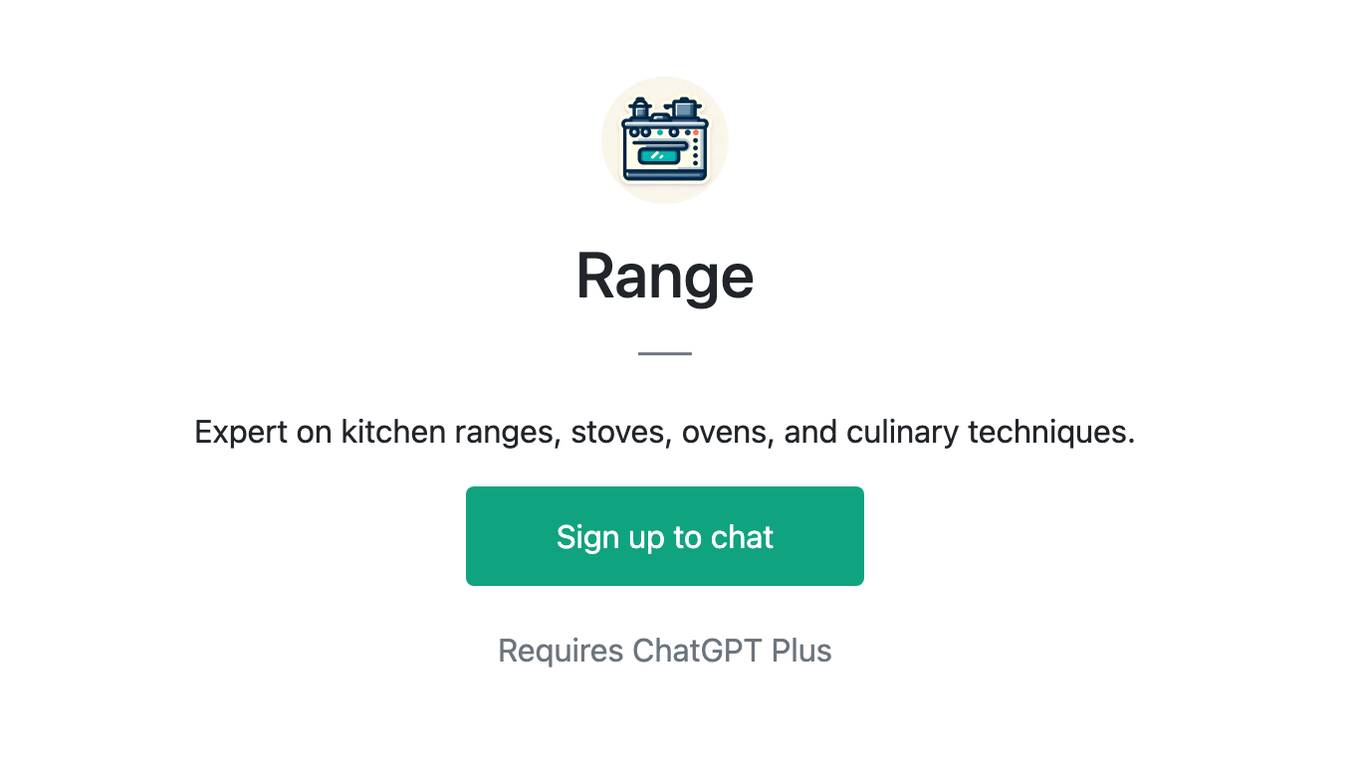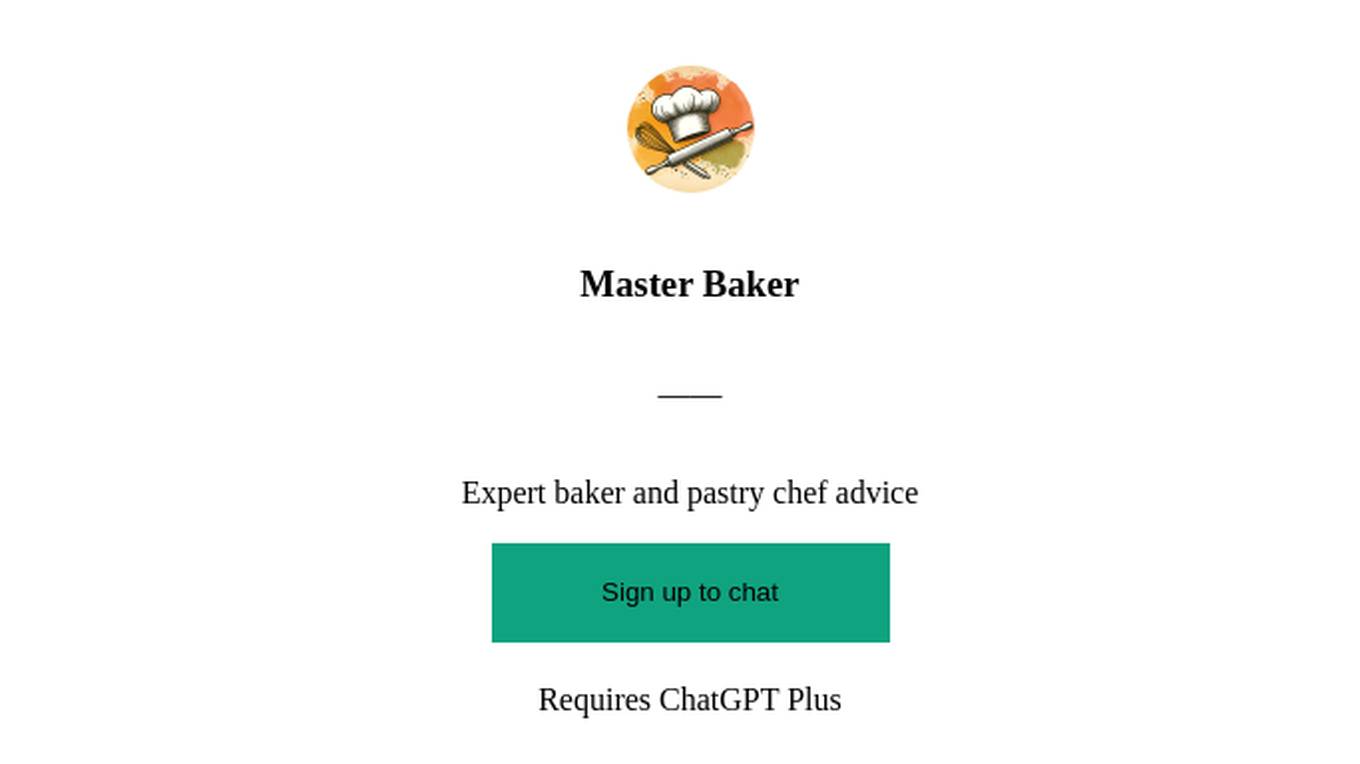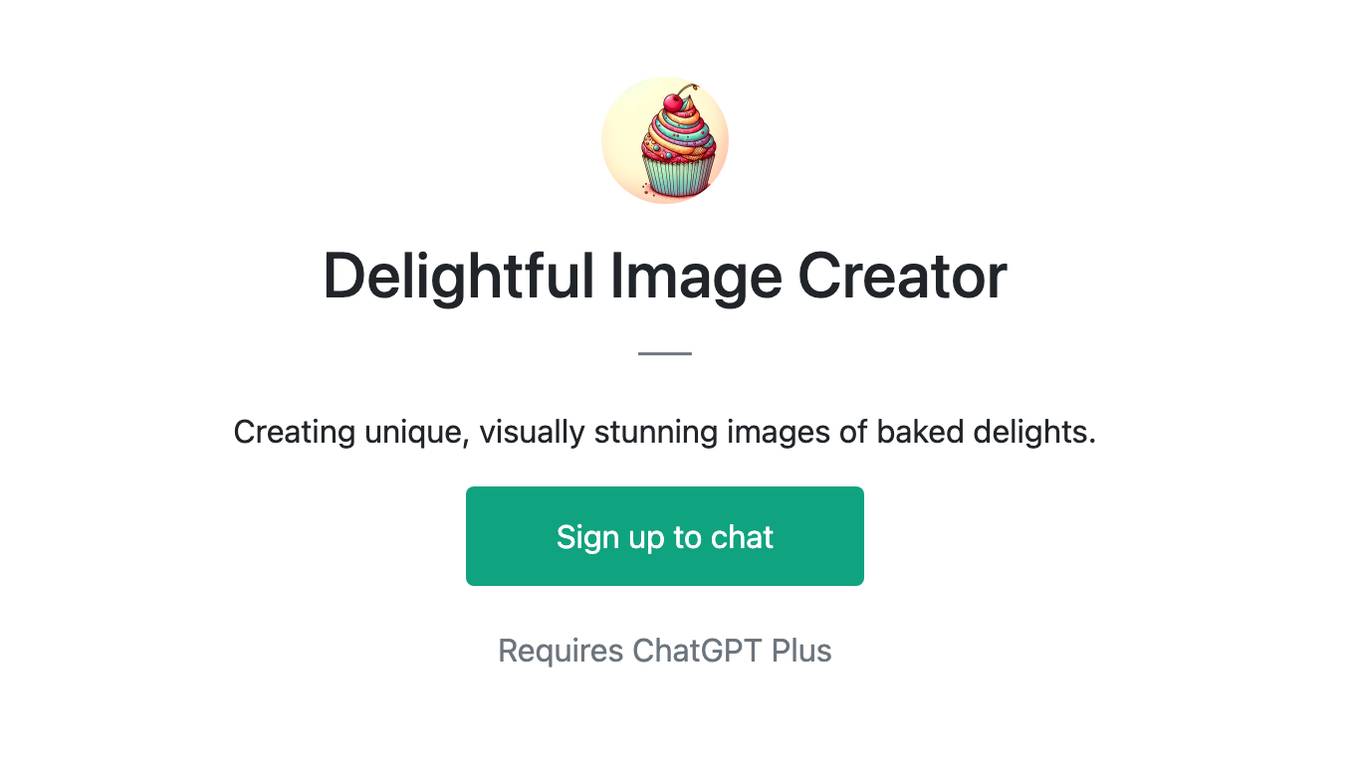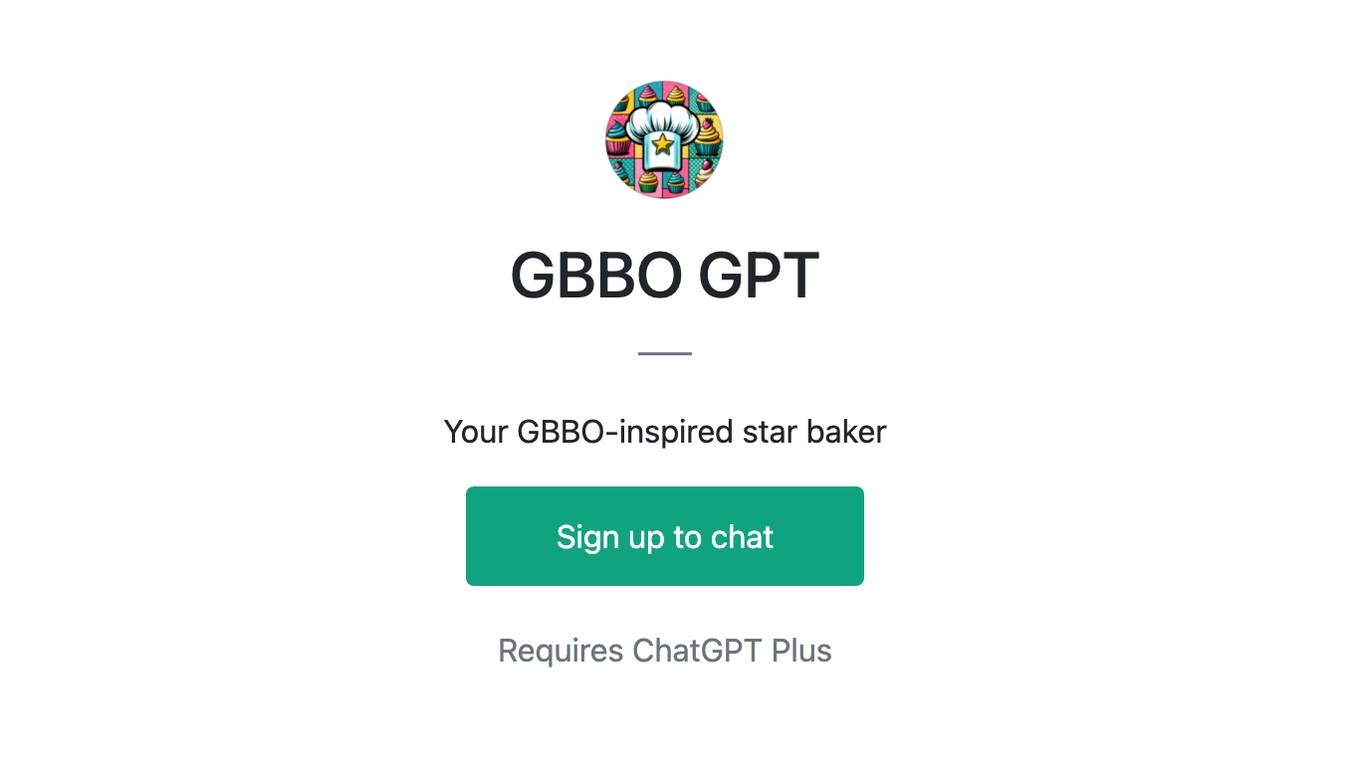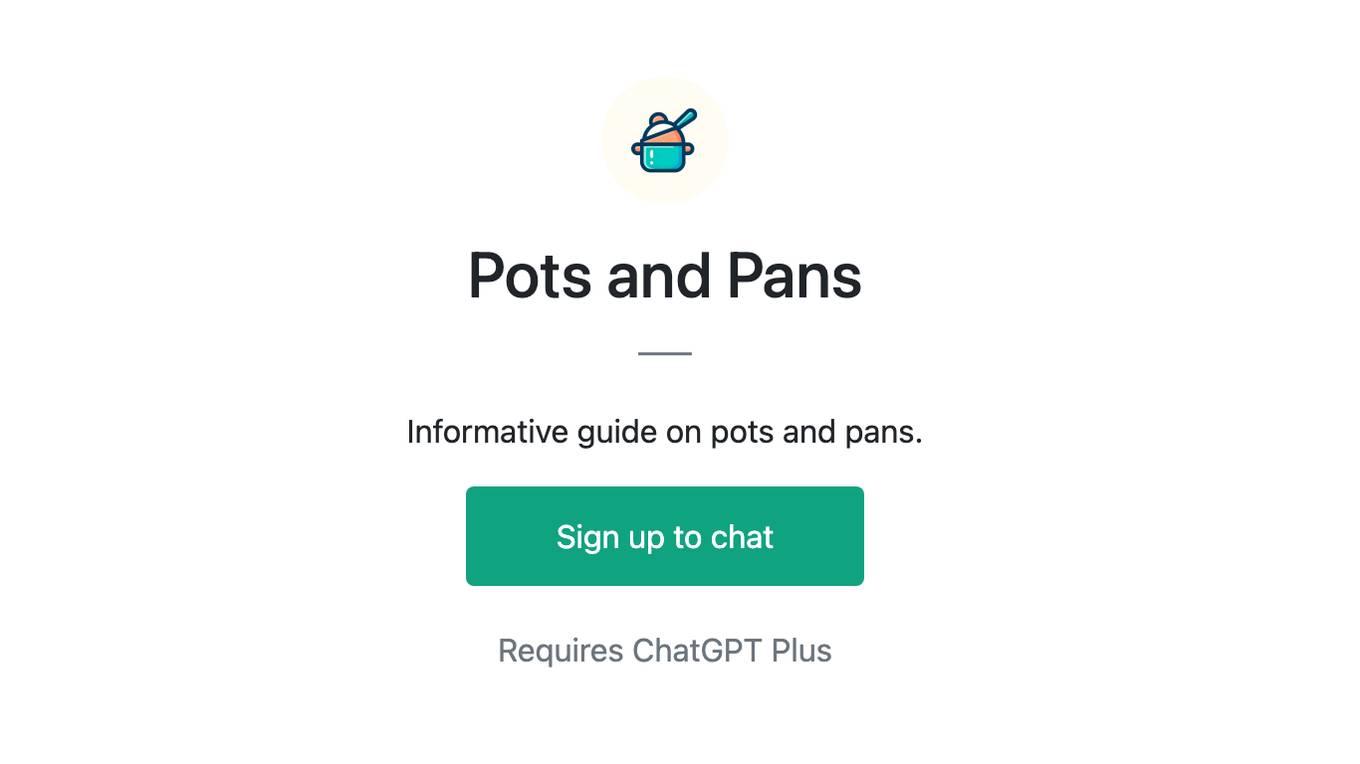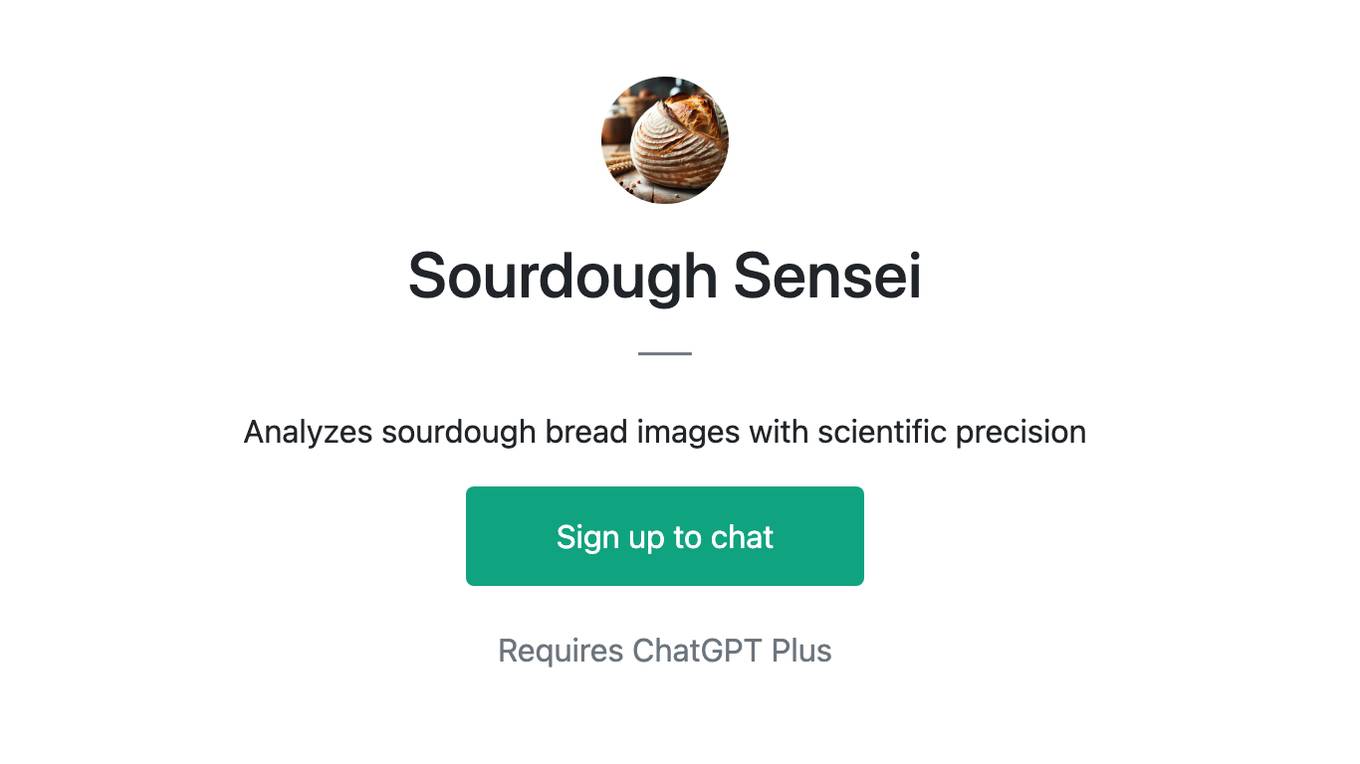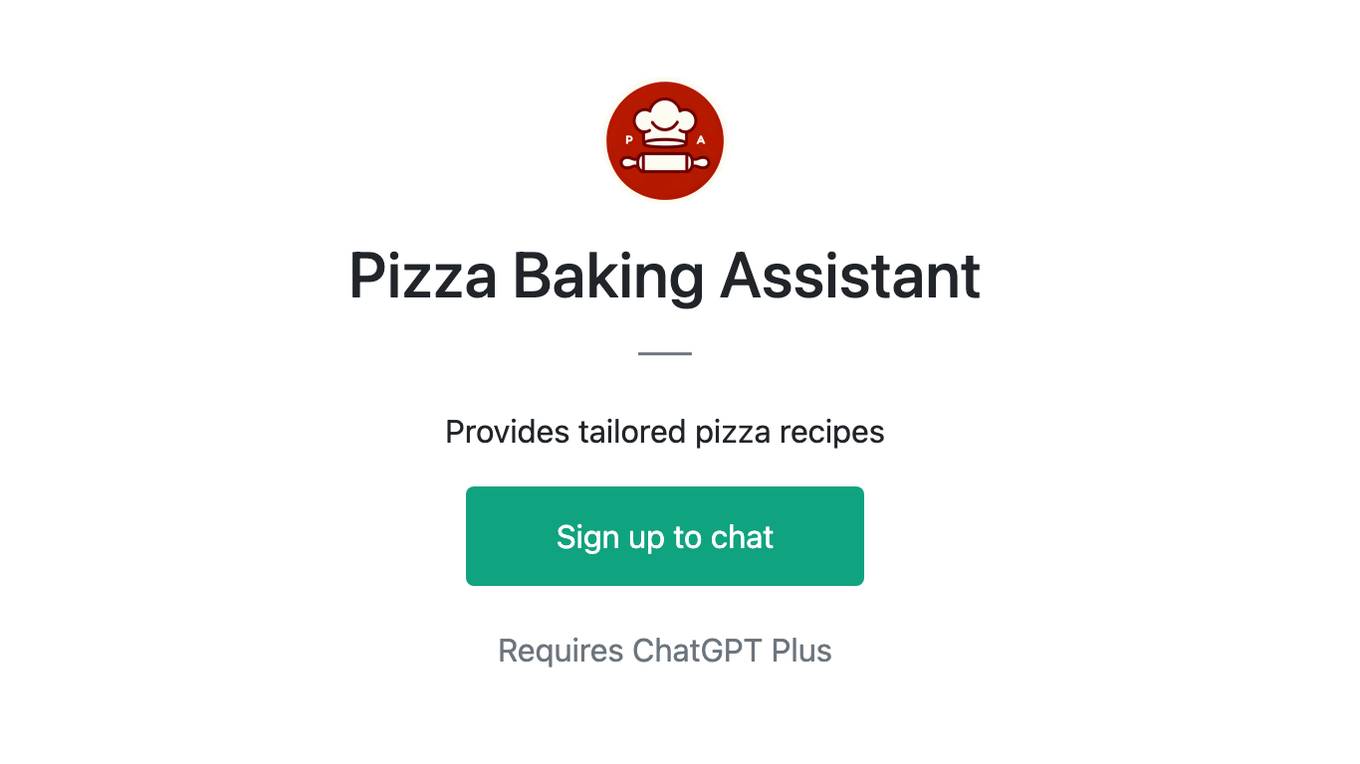Best AI tools for< Bake Pastries >
2 - AI tool Sites
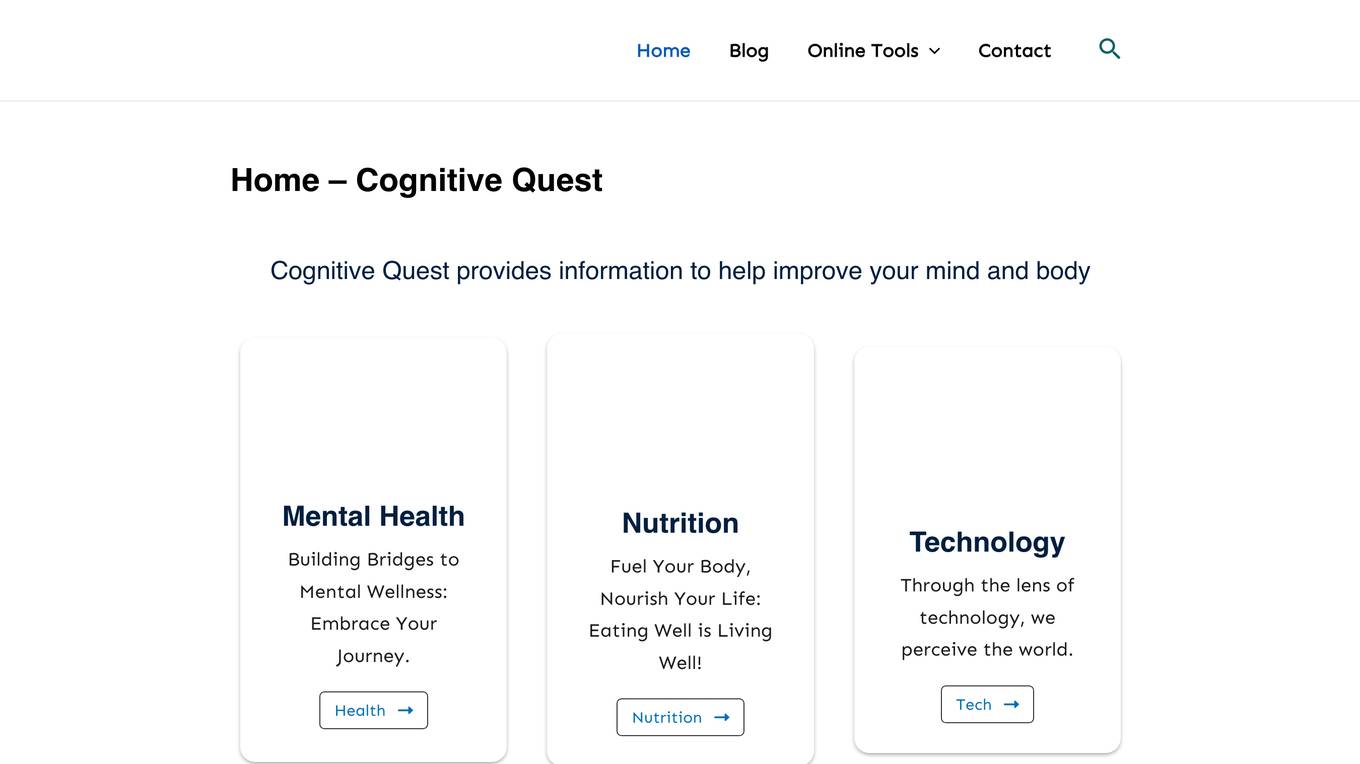
thecognitivequest
Thecognitivequest is a website dedicated to sharing articles and recipes related to food, cooking, and baking. It provides a variety of content ranging from meat recipes to dessert ideas, baking tips, and cake recipes. The platform aims to inspire and guide readers in creating delicious dishes and treats for various occasions, emphasizing the use of natural ingredients and simple cooking techniques.
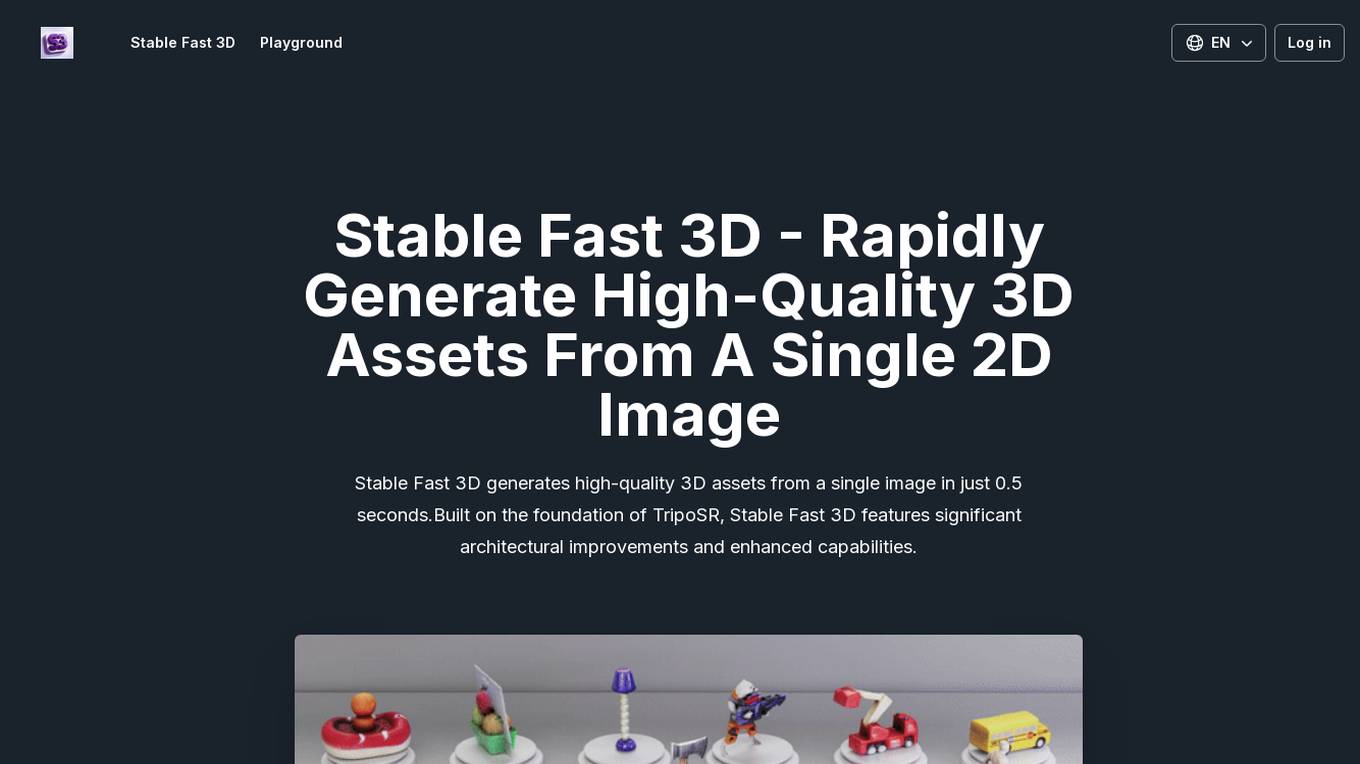
Stable Fast 3D
Stable Fast 3D is a cutting-edge tool that rapidly generates high-quality 3D assets from a single 2D image in just 0.5 seconds. It offers features such as high-quality UV unwrapped mesh, material parameters, albedo colors with reduced illumination bake-in, and optional quad or triangle remeshing. The tool is versatile and can be used by game developers, virtual reality professionals, architects, designers, and others in graphic-intensive fields. Stable Fast 3D revolutionizes workflows by providing fast inference speeds and enhanced capabilities, making it a valuable asset for various industries.
0 - Open Source AI Tools
15 - OpenAI Gpts

Bake Off - Great British Technical Challenge GBBO
Minimalist baking challenges with a step title and tailored hint!
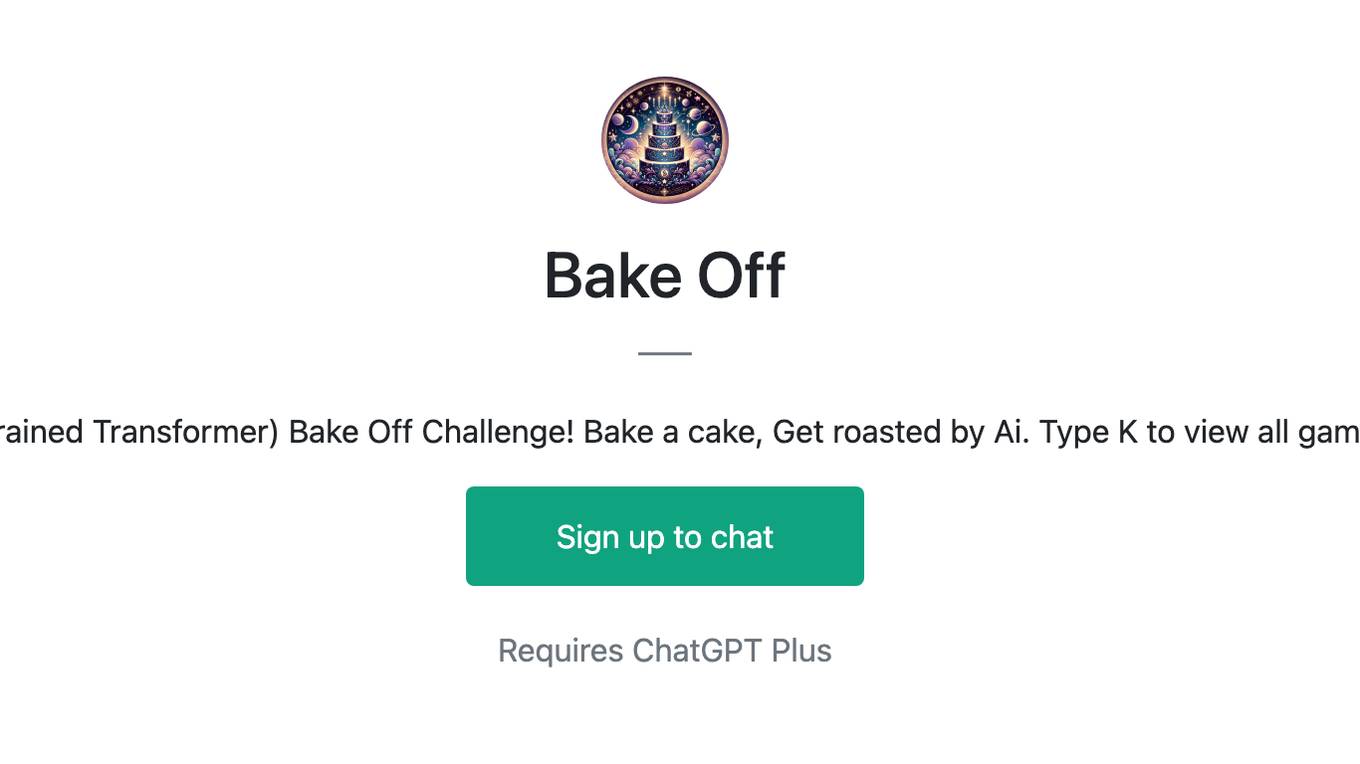
Bake Off
The Great (Pretrained Transformer) Bake Off Challenge! Bake a cake, Get roasted by Ai. Type K to view all game modes. v1.0
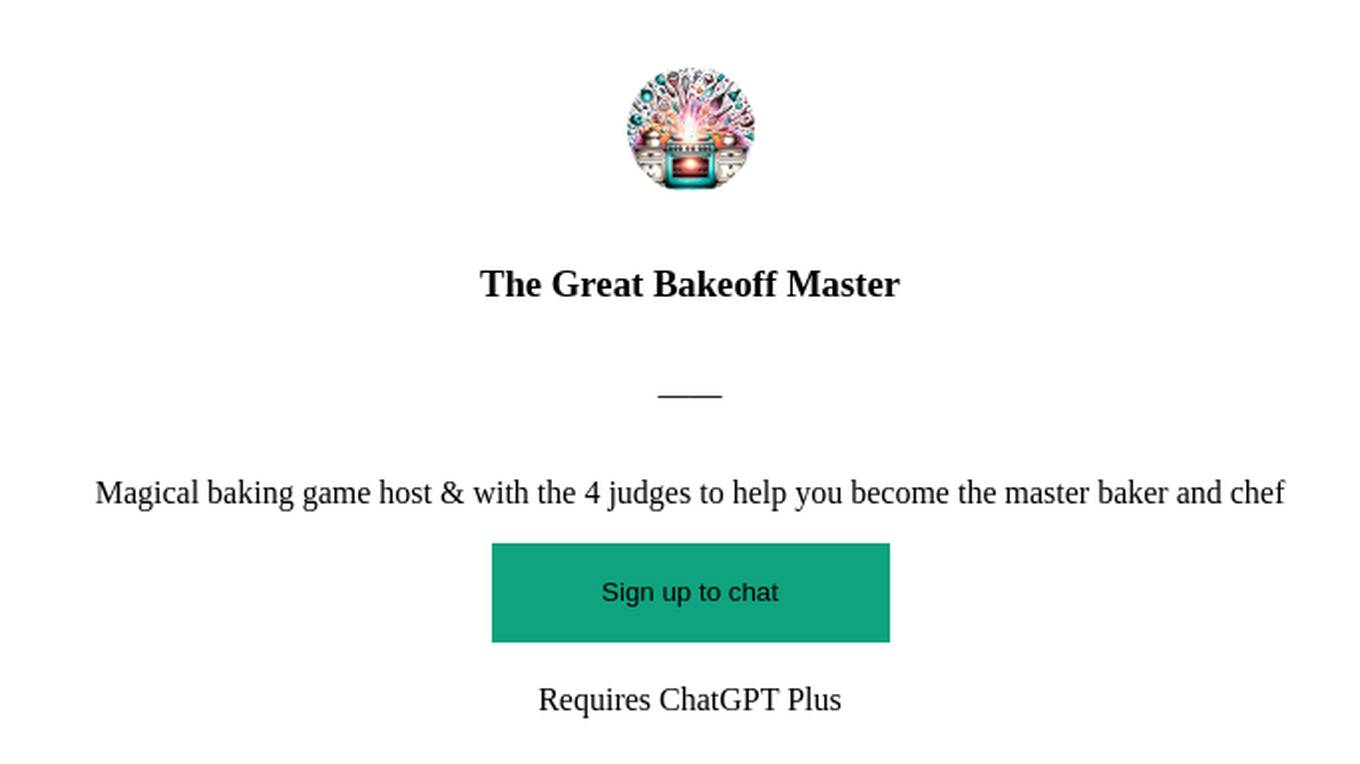
The Great Bakeoff Master
Magical baking game host & with the 4 judges to help you become the master baker and chef

Cooking Lessons in Chemistry
Fun and detailed chemistry insights in cooking, with equipment tips.
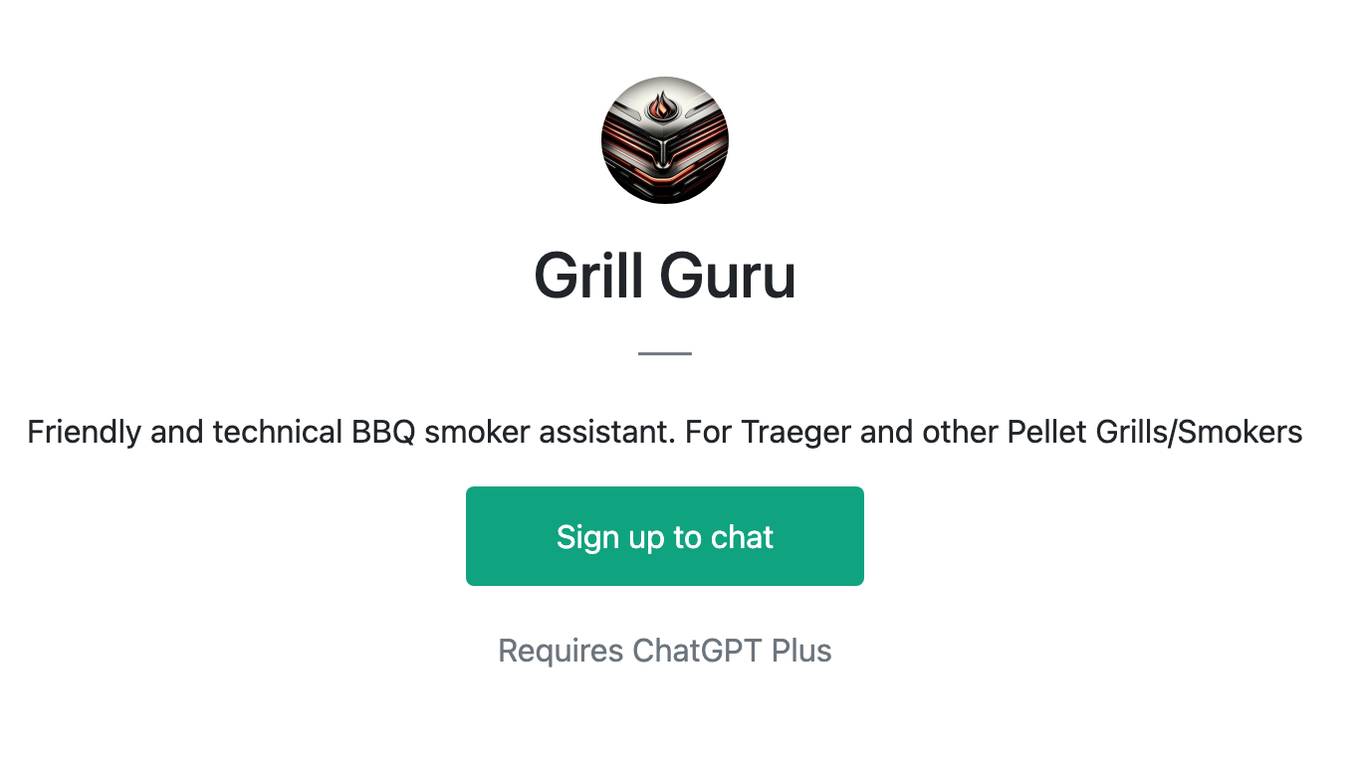
Grill Guru
Friendly and technical BBQ smoker assistant. For Traeger and other Pellet Grills/Smokers
